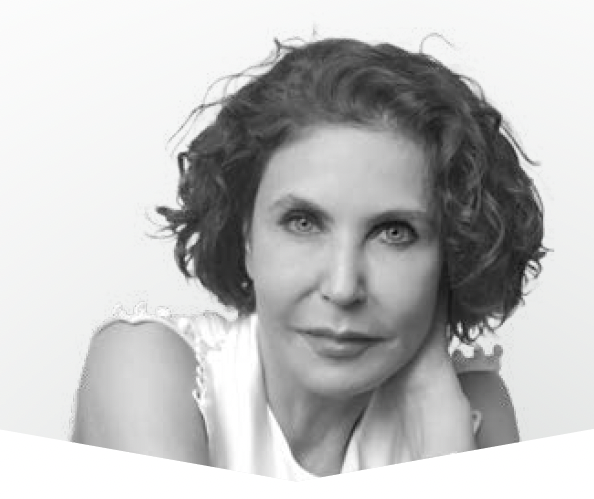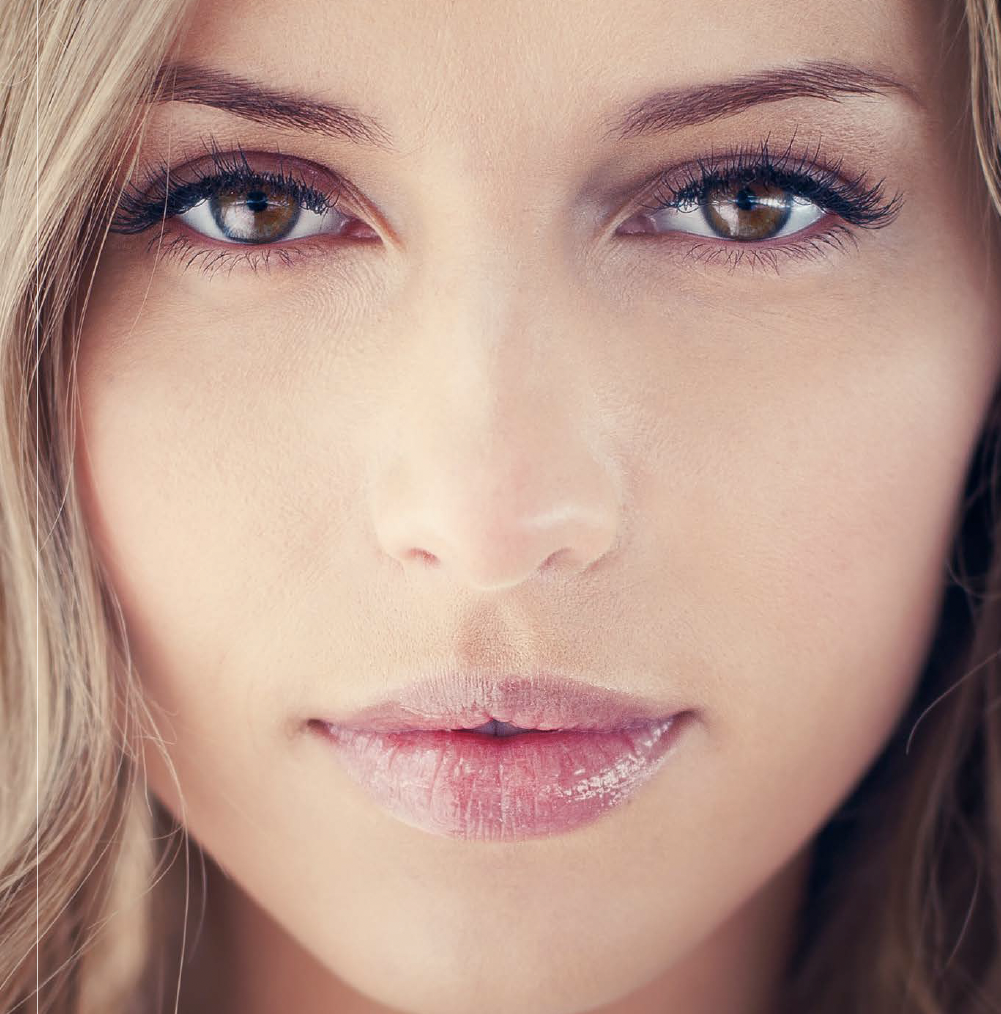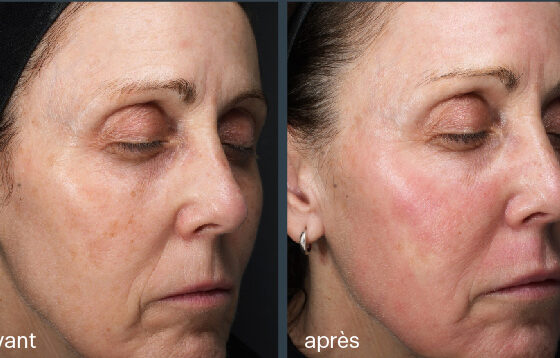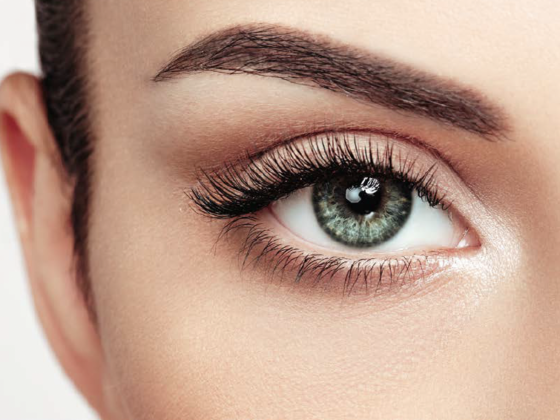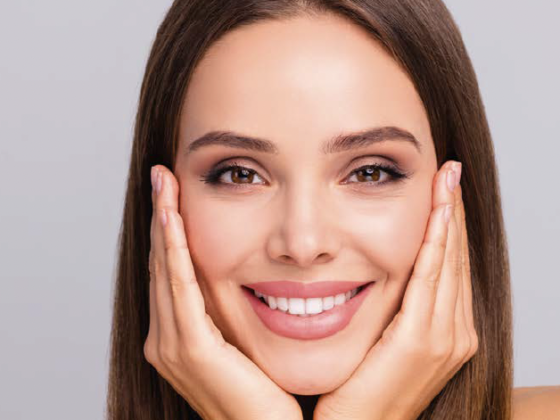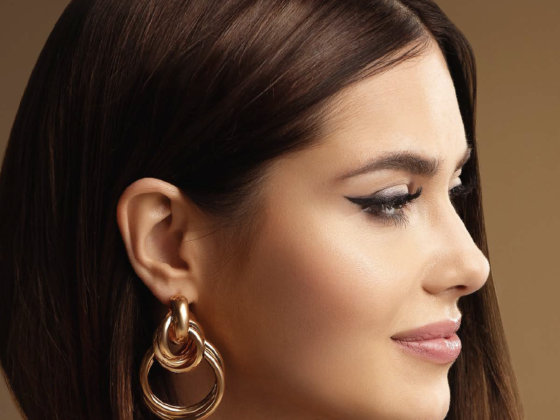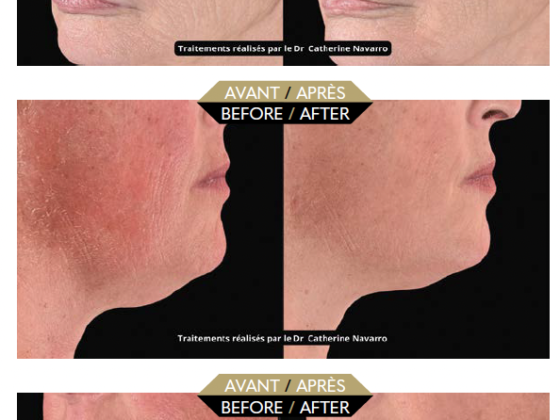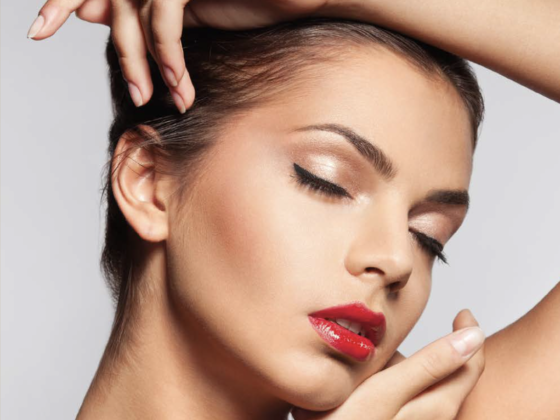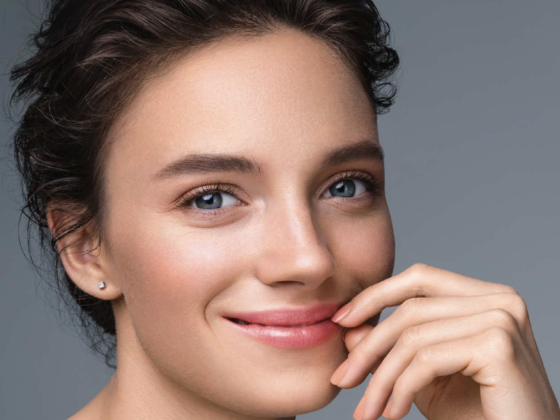Dr Betty Durand Bonis
The discrepancy between the image we give off and the image we have of ourselves leads women to see an aesthetic doctor to rediscover their “real me”, reassert their power and live free from the judgement of others.
Expressions that match their emotional state
In my practice, I regularly see women who are likeable, cheerful and jovial, but whose daily grind has altered their expressions. Aging can give off the image of someone who is closed off, sad and tired. These negative expressions do not match the patient’s emotional and psychological state, and this is what they want to improve.
In my appointments, I take a global approach and always start by asking what is bothering my patient. The most fre-quent complaints are their tired expression and hollow eyes, nasolabial folds, jowls, cheek wrinkles and sagging skin.
 For the medical examination, the patient’s make-up is removed and their hair is tied back so that nothing hides their face. I examine the forehead area up to the temples and crow’s feet, then the central area where the cheek fat often slides and rotates towards the angle of the nose and down towards the nasolabial fold, which creates a crease. The loss of fat from the tear trough makes the eye area look hollow and the expression look tired. In this lower third, the cheek fat moves down and rotates towards the inside, which creates jowls and, as a consequence, expression lines. We might have to treat a weak chin where the mentalis muscle has contracted upwards, giving a pitted and pockmarked appearance. Once my suggested treatments and quote have been accepted, the first appointment is rounded off with some photos.
For the medical examination, the patient’s make-up is removed and their hair is tied back so that nothing hides their face. I examine the forehead area up to the temples and crow’s feet, then the central area where the cheek fat often slides and rotates towards the angle of the nose and down towards the nasolabial fold, which creates a crease. The loss of fat from the tear trough makes the eye area look hollow and the expression look tired. In this lower third, the cheek fat moves down and rotates towards the inside, which creates jowls and, as a consequence, expression lines. We might have to treat a weak chin where the mentalis muscle has contracted upwards, giving a pitted and pockmarked appearance. Once my suggested treatments and quote have been accepted, the first appointment is rounded off with some photos.
Fillers first and threads afterwards, the logic behind this precise correction
I start with HA injections to recreate the lost volumes before inserting tensor threads 2 or 3 weeks later, in order to respect the patient’s morphology as much as possible. To recreate the cheekbones and even out the tear trough, I use MaiLi Extreme for its projecting power and for its lifespan (18 months on average), as well as for its good tissue integration. I inject using a needle in contact with the periosteum into the cheekbone, and with a 25g cannula into the tear trough. I use MaiLi Extreme in the chin to correct an over-prominent chin furrow. To fill the temporal hollows in a skeletal-looking face, I use MaiLi Volume. I then see my patients two to three weeks later to address the hypodermis with Silhouette Soft tensor threads.
The aim is to improve the nasolabial folds by repositioning the volumes upwards and backwards. For optimum patient comfort and relaxation, I inject some anaesthetic into the entry point and along the path of the threads. I insert between 3 and 5 threads on either side of the face. By placing one or two threads into the expression lines, anchoring them in the zygomatic arch and with an exit point in the temporal area, I pull the cheeks diagonally upwards, to above the auricula. Finally, I place the fifth thread vertically, going from the angle of the jaw to the temple, which also has the advantage of avoiding any crumpling at the exit point. The patient needs to avoid moving their face too much for a fortnight after treatment: no massages or dental treatments and no excessive chewing movements such as biting into a large apple, as the small cones on the Silhouette Soft threads need to settle in the tissues in order to maintain them in the right position.
Velvety, densified skin
After a month, the hyaluronic acid and Silhouette Soft threads have settled in the right position, and we can see the results achieved. Collagen induction begins around two months after the procedure. Given the composition of the threads (caprolactone), we also achieve an improvement in the skin’s texture, making it velvety and redensified, with a natural and gentle lift to the features. The effects last between 18 and 24 months and, even when the volumes have slightly reduced with the resorption of the HA, the skin is improved for the long term, which is a consequence of the activation of the fibroblasts, which produce better-quality collagen.
This combined treatment is a therapeutic approach that allows the patient to recover their best self-image by rebuilding the volumes of youth and redefining the facial contours. These procedures boost their self-confidence, in the sense that their image reflects a more positive view of themselves.
 Dr Betty Durand Bonis: Doctor of medicine, graduated from Bordeaux II university Inter-university degree in Morphological and Anti-aging Medicine from Paris XIII university Diploma in lasers from the faculty of Poitiers Diploma from the faculty of Nice (anatomy of the superficial structures of the skin applied to injection techniques and volumetry for aesthetic purposes). Member of the French Society of Aesthetic Medicine
Dr Betty Durand Bonis: Doctor of medicine, graduated from Bordeaux II university Inter-university degree in Morphological and Anti-aging Medicine from Paris XIII university Diploma in lasers from the faculty of Poitiers Diploma from the faculty of Nice (anatomy of the superficial structures of the skin applied to injection techniques and volumetry for aesthetic purposes). Member of the French Society of Aesthetic Medicine
More informations: esthetique-medicale-laser.fr

